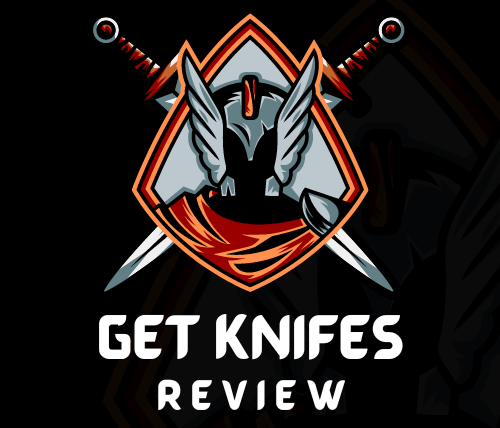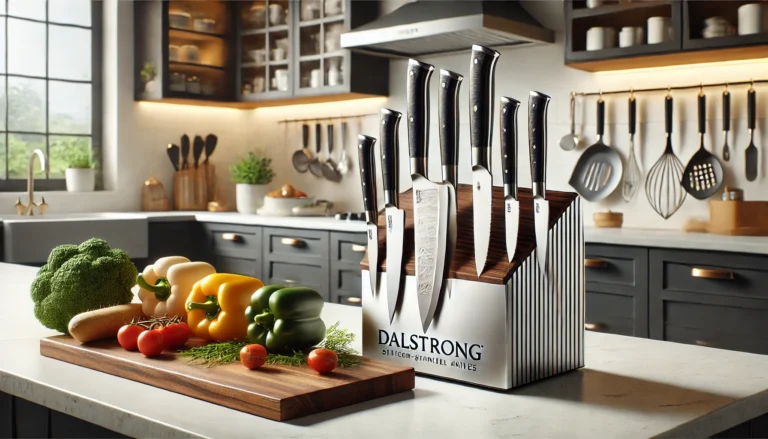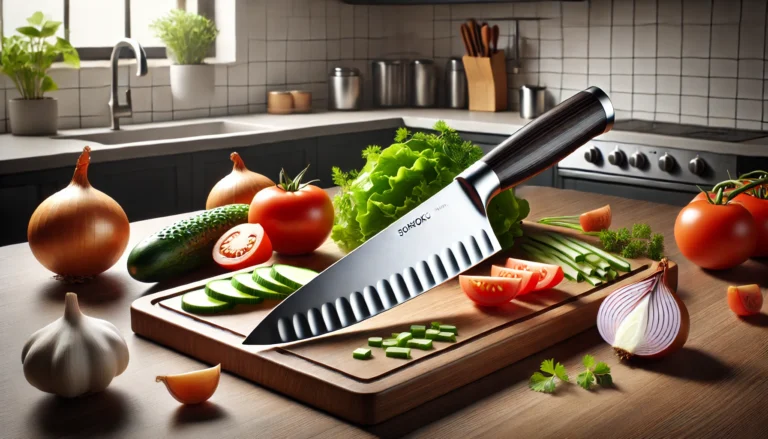
EDC knives, short for Everyday Carry knives, have become an essential tool for many individuals. Whether you’re an outdoor enthusiast, a handyman, or someone who appreciates the utility of a good knife, having the best EDC knife can make a significant difference in your daily life. But with a plethora of options available in the market, choosing the right one can be overwhelming.
In this article, we provide a comprehensive guide to help you choose the best EDC knife according to your needs. We discuss the top features, benefits, and give you all the information you need and to make an informed decision. Also, read our 10 best EDC knives article and find the best option according to your needs.
Introduction to EDC Knives
An EDC knife is a compact and versatile tool designed to be carried and used daily for various tasks. From opening packages to cutting cords and trimming branches to self-defence, an EDC knife serves a multitude of purposes. Unlike specialized knives meant for specific tasks, EDC knives are meant to be practical, reliable, and easy to carry wherever you go.
Understanding the Importance of an EDC Knife
An EDC knife serves as a reliable companion for everyday tasks, offering convenience, versatility, and utility in various situations. Whether you’re camping, hiking, or simply tackling daily chores, an EDC knife can be an invaluable tool for cutting, slicing, and performing other tasks with ease.
Benefits of Using an EDC Knife
- Versatility: EDC knives are versatile tools that can be used for a wide range of tasks, from cutting fruits to self-defence in emergencies.
- Compact Size: Designed for everyday carry, EDC knives are compact and lightweight, making them easy to carry in your pocket or on a keychain.
- Emergency Preparedness: With an EDC knife at hand, you’re better prepared for unexpected situations, such as cutting seatbelts or breaking glass in emergencies.
Factors to Consider When Choosing the Best EDC Knife
Blade Material
The material of the blade plays a crucial role in determining its performance and durability. Common blade materials include stainless steel, high-carbon steel, and titanium. Each has its own set of advantages and drawbacks, such as edge retention, corrosion resistance, and ease of sharpening.
Size and Weight
The ideal size and weight of an EDC knife depend on personal preference and intended use. While a larger knife may offer more cutting power, it may also be bulkier and less comfortable to carry. Conversely, a smaller knife may be more discreet and lightweight but may lack the cutting capability needed for certain tasks.
Locking Mechanism
A reliable locking mechanism is essential for ensuring the safety and stability of the blade during use. Common types of locking mechanisms include liner locks, frame locks, and lockback mechanisms. It’s important to choose a knife with a locking mechanism that is easy to engage and disengage while providing secure blade retention.
Handle Material
The handle material affects the grip, comfort, and durability of the knife. Common handle materials include G-10, aluminium, carbon fibre, and titanium. Each material has its texture, weight, and resistance to wear and tear, so it’s important to choose one that suits your preferences and intended use.
Top Features to Look for in an EDC Knife
Durability
A durable EDC knife is built to withstand the rigours of everyday use without compromising its performance or integrity. Look for knives made from high-quality materials with solid construction and reliable craftsmanship.
Versatility
The best EDC knife should be versatile enough to handle a wide range of tasks effectively. Whether you need to cut, slice, pierce, or pry, your EDC knife should be up to the challenge without faltering.
Portability
Portability is a key consideration for an EDC knife, as it needs to be compact and lightweight enough to carry comfortably in your pocket or on your belt. A slim profile and ergonomic design can make all the difference in ensuring that your knife is easy to carry and access whenever you need it.
Ease of Maintenance
Regular maintenance is essential for keeping your EDC knife in optimal condition. Look for knives with features such as easy disassembly, corrosion-resistant materials, and smooth mechanisms that make cleaning and maintenance a breeze.
Expert Tips for Choosing the Right EDC Knife
- Consider Legal Restrictions: Familiarize yourself with local laws and regulations regarding knife carry to ensure compliance and avoid legal issues.
- Evaluate Your Needs: Determine your intended uses for the EDC knife, whether it’s everyday tasks, outdoor activities, or self-defence, to guide your selection.
- Test the Ergonomics: Handle the knife to assess its ergonomics, comfort, and usability, ensuring a secure grip and easy handling during use.
- Budget Considerations: Set a budget and explore options within your price range, balancing quality, features, and affordability to find the best value for your investment.
Conclusion
Choosing the best EDC knife requires careful consideration of factors such as blade material, size, locking mechanism, and handle material. By prioritizing durability, versatility, portability, and ease of maintenance, you can find an EDC knife that meets your needs and exceeds your expectations. Whether you prefer a compact folder, a tactical fixed blade, or a classic multi-tool, also, read our 10 best EDC knives article and find the best option according to your needs.
FAQs
EDC stands for Everyday Carry, referring to items that are carried on a daily basis for convenience, preparedness, or utility.
The legality of carrying an EDC knife varies depending on location and local laws. It’s important to familiarize yourself with the laws and regulations in your area regarding knife carry and possession.
Regular maintenance of your EDC knife involves cleaning, lubricating, and sharpening the blade as needed. Refer to the manufacturer’s recommendations for specific care.






